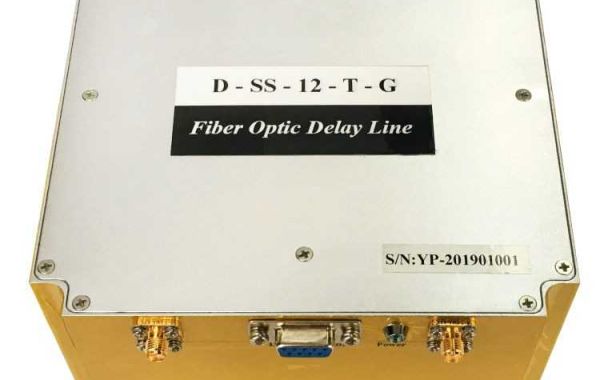In a typical photoconductive antenna-based terahertz time-domain spectroscopy system, the photoconductive sampling method is used to collect terahertz time-domain signals. Photoconductive sampling is a detection technology developed based on the inverse process of photoconductive antenna (PCA) emission mechanism to detect THz pulse signals. To detect the THz pulse signal, an unbiased PCA needs to be placed in the terahertz optical path first, so that it can be gated by an optical gating pulse (detection pulse), where the detection pulse and the pump The Pu pulse has an adjustable time delay relationship; then a probe pulse is used to hit the photoconductive medium, and electron-hole pairs (free carriers) can be generated in the medium at this time. The Hertz pulse is used as a bias electric field applied to the PCA to drive those carriers to move, thereby forming a photocurrent in the PCA; finally, a collection circuit connected to the PCA is used to collect and process this current. Among them, the photocurrent formed in PCA is proportional to the THz instantaneous electric field. The time delay between the probe pulse and the pump pulse is achieved by an optical delay line.
Buscar
entradas populares
Categorías








